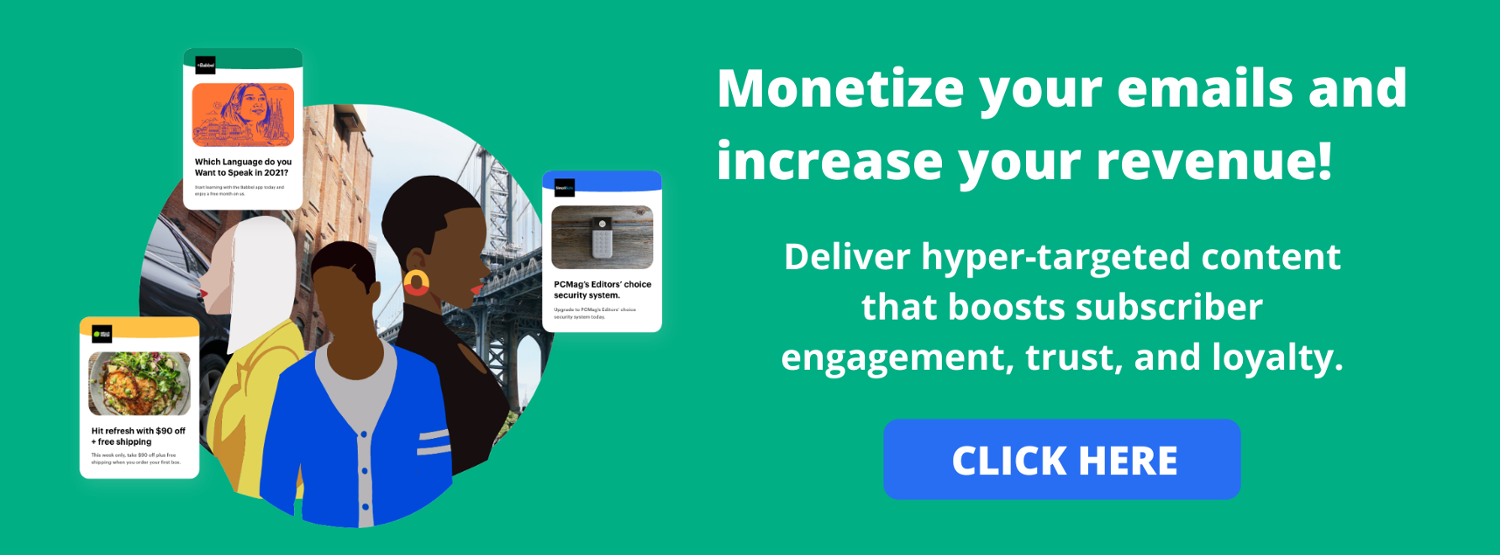Ad blocking technology has become the bane of digital marketers, and, it’s easy to see why. According to a recent report by PageFair & Adobe, 198 million Internet users actively use ad blockers to prevent incoming digital ads like banners, pop-ups and in-line adverts from appearing on their favorite websites and social media, and the use of ad blockers has grown by more than 40% over the last year.
This is an overwhelming challenge for both advertisers and the online publishers from which they buy inventory. With one tiny, free browser plug in, entire audiences can suddenly become unreachable, inaccessible and virtually invisible.
By some estimates, ad blockers cost publishers nearly $22 billion in lost revenue in 2015 alone and stripped away inventory for advertisers who need to get their messages in front of their target audiences.
Of course, some blockers offer a pay-for-play option, in which advertisers can pay to be whitelisted, allowing their ads to come through. But, this sounds a bit more like extortion than a subscription, doesn’t it?
So, what’s a digital marketer to do?
Dynamic email advertising is the ideal anti ad-blocker solution, and it has become the answer to ad blocking woes for both publishers and advertisers. By inserting highly targeted, dynamically delivered ads into existing customer and prospect email campaigns, publishers and advertisers can get around the ad blockers to reach captive audiences without having to fork over a high ransom.
Here are 6 reasons why email advertising is the anti ad-blocker your digital strategy needs:
1. Email subscribers are a far more valuable asset.
Of course, with the ample technology available to track and analyze Web surfers’ clicks and other behavioral and demographic data, it’s reasonable to hone in on a fairly targeted audience with online ads. However, unlike email subscribers, browsing audiences still haven’t raised a hand and said, “I’m interested in what you have to say.” You’re only surmising that they might be interested based on their past behavior.
But, those who have actually signed up to receive emails—that’s an entirely different story. They’re more invested, more targeted and more valuable. For publishers, this means the ability to offer advertisers extremely high-value distribution, and for advertisers, it means they’re getting a highly captive audience. Embedding ads within emails can not only skirt the ad blockers, but also be a much more value proposition for sheer audience value.
2. Email is still the king.
Sure, there’s lots of chatter about how “email is dead,” and social and mobile are taking over the world. But, the fact is that email marketing is still a primary vehicle with a 3800% ROI, and it drives more conversions than any other channel, including search and social. Your messages are 5-times more likely to be seen in email than they are on Facebook, and email is 40-times more effective for acquiring new customers than Facebook or Twitter. That’s a tremendously powerful potential, one that more advertisers and publishers should be taking advantage of, rather than lamenting the impact of ad blockers.
3. Email content is trusted by recipients.
Unlike the seemingly random ads in the margin of their Facebook feed or a banner on their favorite news site, ads that appear in emails from publishers they trust are perceived to be more trustworthy by recipients. Embedded email ads give the appearance of endorsement, which opens the door for audiences to be more accepting of these marketing messages.
4. You’re already sending emails.
If you’re like most publishers, you’re already sending regular emails to your subscribers. Why not monetize it with digital advertising? Using a cost-sharing program, you could sell display space within your regular distribution templates and let your advertisers pay for your campaigns. Instead of being an expense, you’ve instantly converted your email campaigns into revenue-generating efforts.
5. It’s unobtrusive.
When done right, with the engine, embedded email ads appear naturally within an email template. They’re highly targeted, dynamically delivered for the recipient at the instant they open the email, so they make perfect sense within the context of the recipient’s interests, email platform and even their geographic location and device. With content that automatically populates on the open, advertisers can deliver incredibly precise ad content that appears to be personalized specifically for each recipient, so it never appears to be out-of-context, obnoxious or annoying.
6. It’s easy.
For publishers, adding email monetization to existing email campaigns is incredibly fast and easy. Using Jeeng AdServe, simply drop the HTML snippet into the desired location into any existing template, and Jeeng AdServe automatically serves up targeted content from our trusted network of advertising partners.
Publishers don’t have to hustle to sell the spaces, although you can offer the slots to your existing advertisers if you prefer that option. For advertisers looking to start placing ads, simply drop us a line to become part of our ad network. It takes just a few minutes to be added to our database and for your ads to start appearing in our rotation. That means you’re only minutes away from reaching new audiences.
Take that ad blockers!
Email = The Best Anti Ad-blocker
It’s no secret ad blockers have put the kibosh on many publishers’ and advertisers’ revenue goals, squashing audience reach and generally making the life of a digital marketer much more difficult. Jeeng AdServe offers both advertisers and publishers a way to achieve their goals with a simple, effective solution that makes ad blockers practically irrelevant. If you’re ready to implement the anti-ad blocker in your digital campaigns, give us a shout today!




